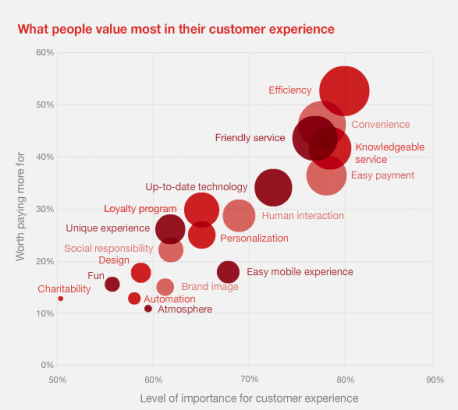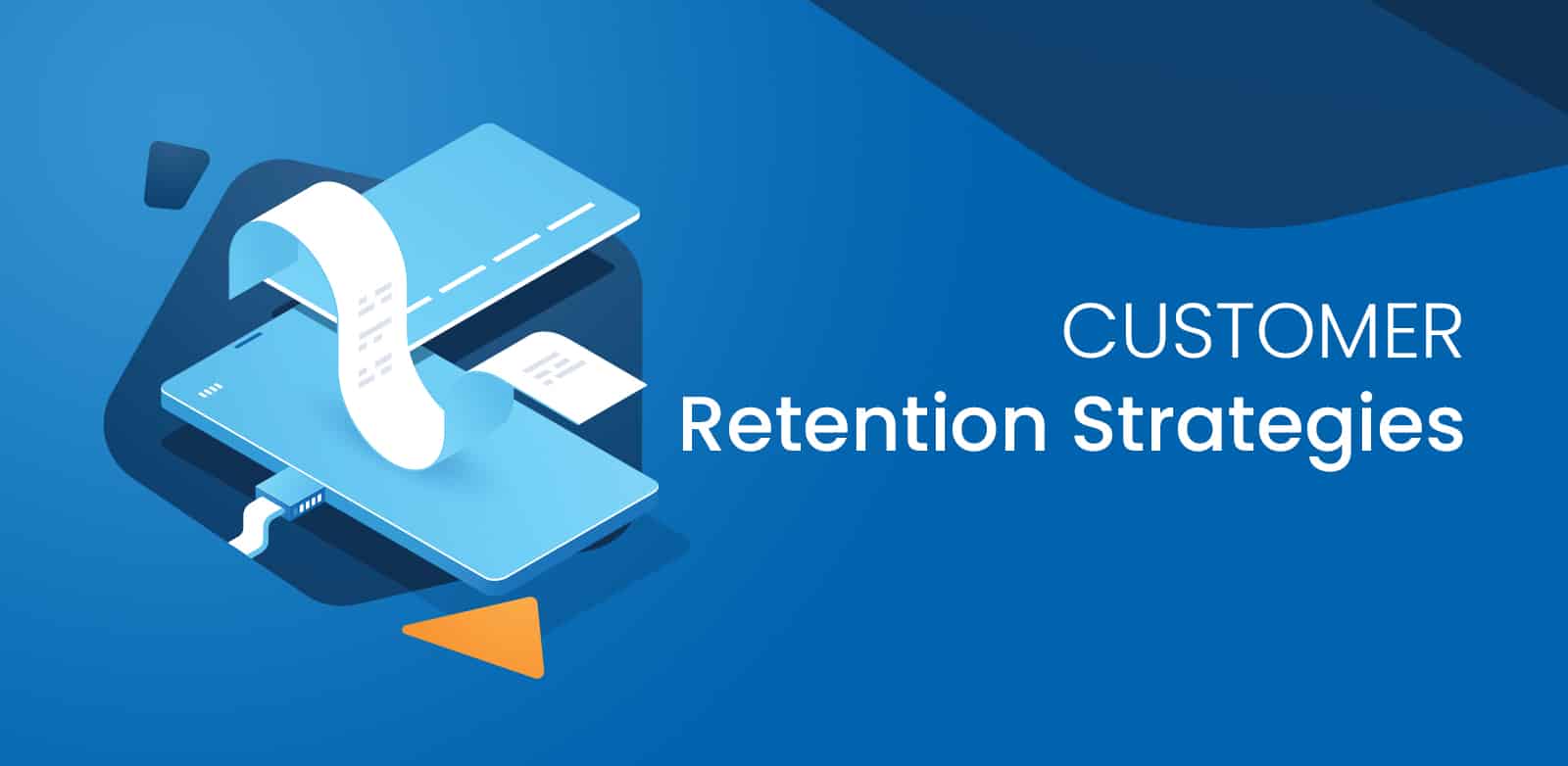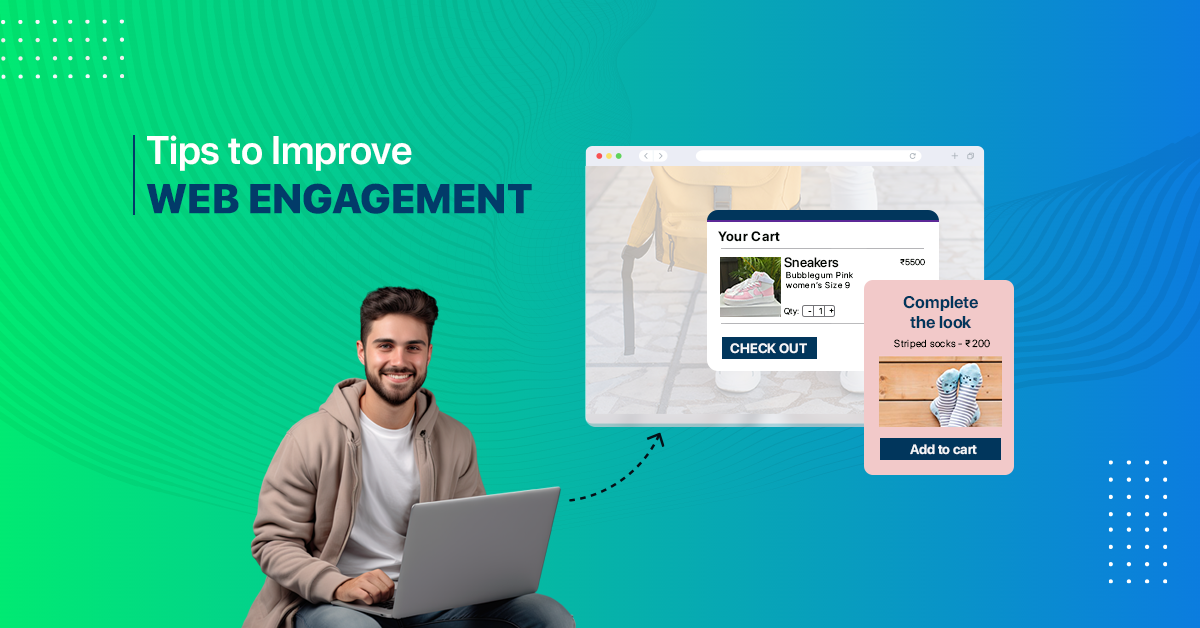The Big Question Today: To Retain or to Replace Customers for E-Commerce Growth?
Ever heard of the “Leaky Bucket Theory?” No no, this isn’t another viral video game that’s taking the internet by storm. We’re referring to an analogy commonly used in the E-commerce circles to describe what most customer-centric brands experience day-in-day-out.
The gist of the theory is this: There’s a hole-filled bucket with gaps on the base and the walls. Every time, water gushes into the bucket, some of it flows out, whereas the rest fills the bucket. This is exactly the kind of “fluidity” (pun not intended) that e-commerce companies deal with in their customer lifetime value cycle. The water that flows out typically signifies customers that stop engaging with the brand, whereas the water that is held back represents the loyal customers that the brand leverages, often known as “repeat customers.”
So the big question then becomes this:
When it comes to customers, is it better to hold them back (retain customers) or let go and scout for new ones (look for new customers)?
Let’s understand what the data says. When it comes to e-commerce profitability, customer retention wins big time as opposed to acquiring customers. Here’s why:
- The cost of acquiring a new customer can cost up to 30X the amount of retaining existing ones, depending on the industry of course.
- Gartner predicts that around 65% of a brand’s business comes from existing customers.
- A mere 5 percent increase in retention yields profit increases of 25-95% as per research by Bain and Company.
Now that we’ve got a solid understanding of why customer retention serves a “growing” purpose for e-commerce companies, let’s get to the “how” part of it. Here are six tried-and-tested customer retention strategies that brands – big and small – should definitely try to enhance their retention efforts and enjoy greater profits.
1. Seamless Information Gathering for Spot-On Re-Targeting
Nothing annoys customers more than having to feed their contact information in a dull and boring form. What’s worse, most brands press on knowing all about the customers before the customers even get a chance to know the brand at all.
This is where a futuristic tool such as Live Chat can save your brand from becoming an “ex” in the “brand-customer relationship” dynamics. With live chat, users can interact with an agent/bot that addresses their queries and concerns. Plus, this tool also acts as a helpful guide in case the users need any navigational or informational assistance. The brand SnapEngage takes customer experience one step further by preempting a customer’s issues and automatically deploying a chatbot which details the possible solutions for the problem at hand!
Once the users are a little familiar with the brand, they feel more comfortable sharing their contact details like their email ID, phone number, etc. Naturally, this freedom of choice makes it easy for the customers to participate with the brand, as well as helps the Marketing team to categorize users for retargeting purposes. After all, organized data is much more useful than mines and mines of data dump that no one has the time to sift through. Agree?
Actionable Takeaway: Live chat as a tool offers a host of benefits in ensuring that every customer interaction and experience is convenient, quality-driven, problem-solving oriented, and speedy. In fact, research claims that “By 2026, the desire for instant access, round-the-clock accessibility, and fast turnaround will be the norm, driven in particular by millennials.” That’s not all. Customers today expect brands to be equipped with “live chat” features; it is no longer an ‘option.’
2. Save Smart, Save Big with Customer Retention Strategies
Research indicates that it can cost between 5 and 8 times more to attract a new customer than keep an existing one. Now, it doesn’t take a Marketing Guru or a Financial Prodigy to understand that customer retention is a far more viable and profitable option than customer acquisition. If you’re still not convinced, keep reading. Customer retention offers other advantages, such as the following:
- It is cost-saving as no additional marketing efforts are required to target customers again. They’re already familiar with the brand and are comfortable in their skin when it comes to engaging with the brand. All in all, the brand is “familiar territory” for them.
- Companies can focus on formulating a dedicated “advertising spend” budget and steer away from spending mindlessly. This is clearly one of the biggest challenges E-Commerce brands face today.
- Companies can save time and re-invest their energy, resources, and assets into more “targeted” analysis and extract valuable inputs on consumer behavior with respect to various touchpoints such as:
- The ideal time of brand engagement.
- Click-through rates.
- Buyer persona and preferences.
- User demographics.
- Feedback and reactions on social media platforms.
- Referral traffic.
Actionable Takeaway: When it comes to E-Commerce spending, every small drop or in this case, cent, counts. So, save on marketing expenses by catering to old customers who actively and voluntarily engage with the brand and are even willing to spend a premium, if convenience and loyalty are on the table. Plus, remember that if the customer knows the brand and truly understands how it can benefit them, you’ll end up spending far less on customer support. A big advantage if you ask us!
3. Integrate Advanced Customer Support Technology for a Seamless Experience
Get this. Around 89% of companies credit customer experience as the primary factor in driving customer loyalty and retention. And we all know that one of the best ways to enhance and improve a customer’s interaction is by integrating dynamic customer support tools into their existing processes and systems. You may be wondering how this helps. We’ll put your concerns at ease.
Simply put, using customer support tools helps save time, which, in e-commerce lingo, translates to money and increased profits. To that end, companies should invest in innovative support tools such as a co-browsing software which acts as a customer’s eyes and ears online. This feature particularly comes in handy if they’re facing any trouble accessing a product or having payment issues, for instance.
Actionable Takeaway: If you wish to deliver great customer service, you need to get your hands on customized support tools that can ensure a hassle-free and seamless customer experience. As you may have guessed, this further influences them to return to the website and make repeat purchases. With this feature, you can rest assured that your newly-acquired customers will quickly turn into brand loyalists.
4. Greater Opportunities for Up-Selling & Cross-Selling
Data predicts that “Existing customers are 50% more likely to try new products and spend 31% more when compared to new customers”. Since existing customers need no convincing about the authenticity of your product/service, you can step up your sales game by up-selling and cross-selling products to them, basis their preferences and choices that you’ve already documented. Plus, it also acts as an opportunity to explore referral sales and further boosts brand footprint and profits.
Actionable Takeaway: Existing customers are more willing to try and experiment with new products/services by a brand that has already offered them consistent positive experiences. In sum, the chances of cross-selling and up-selling to an existing customer are much higher as compared to a new one. By extension, this leads to regular spending on the customer’s side and greater profits on the company’s side – the best of all the E-Commerce worlds.
5. Welcome Aboard Self-Professed ‘Brand Advocates’
Sure, getting celebrities to vouch for your brand almost always works but do you know what’s even better than that? When repeat customers become voluntary brand ambassadors as it is free and helps brands reap priceless benefits. From Ritz Carlton and Apple to Chanel and Target, there are many brands that go out of the way to retain customers and offer excellent products/services which ultimately converts them into lifelong brand loyalists. This can happen due to a variety of factors such as:

- Positive customer experiences: Amazon’s next-day and one-day delivery is the biggest example of them all. It’s probably why Amazon’s sales accounted for 44% of all U.S. eCommerce sales in 2017 and this is expected to increase significantly by 2022! Or take Walmart’s case. In 2016, it launched its mobile app allowing customers to pay and view exclusive coupons easily. The result? Around 80 percent of Walmart Pay transactions came from repeat users. An out-and-out success!
- Customized experiences: 49% of non-millennials today still prefer to go the offline route and shop. Offering a personalized buying experience, offline or online, acts as a cherry on the cake. Take, for example, Coca-Cola’s “Share a Coke” campaign which is customization at its best. This campaign resulted in a 2% increase in sales, all because the customer’s names were printed on soda bottles which made them feel like they were an integral part of the brand’s journey.
- Promise of a “premium” product: The tech giant, Apple is living proof of one of the biggest brands globally with a diehard fan following. From the store’s unique educative and immersive environment to the promise of quality and innovation, multiple factors work in the favor of Apple and understandably so.
These are just the tip of the iceberg. There are numerous reasons – personal or professional – as to why a user may choose to stick with a brand. Whatever be the case, all the free and positive word-of-mouth publicity can boost a brand’s sales and help them reach a more universal audience. Don’t believe us? Consider this: 49% of U.S. consumers attribute their friends and family as one of the primary reasons for brand awareness!
Actionable Takeaway: Constant monitoring of social media platforms (where your brand is present) is paramount. From Facebook and Twitter to Instagram and Snapchat, consumers today aren’t afraid to share their experiences and this can act as a double-edged sword for a brand. One positive experience can rope in hundreds of new customers, and similarly, one negative feedback can cost you dearly – financial or otherwise. It makes sense to set up a Digital Marketing team and keep your fingers on the pulse of the customer’s expectations at all times.
6. Invaluable Feedback for a Better Immersive Experience
Remember when in the 1990s it was common practice to keep a “feedback journal” right at the cash counter? We can all safely agree that it was a smart move by all accounts.
Perhaps one of the biggest advantages that E-commerce stores have at their disposal is the ability to physically interact with customers and get valuable feedback from retained customers. By contrast, in the case of online platforms, often customers don’t complete the review (if it’s time-taking) or end up submitting convoluted feedback which may require some serious “reading between the lines” – not ideal by any stretch of the imagination.
So, why should e-commerce stores work towards documenting customer feedback? Here are some added advantages:
- Instills greater trust among customers and the brand as the former feels valued and heard.
- Reinforces a deeper relationship between the customers and the brand.
- Allows the customer to vent constructively and honestly.
- Helps companies to rectify flaws within policies and processes based on the customer’s feedback.
- Enhances the overall customer experience.
Case in point: Over the years, Dell has been hosting an exclusive “Customer Advisory Program” where customers can give personal feedback and share ideas on what is and what’s not working for them. This initiative proved worthy of the time and energy spent as it helped Dell to:
- Learn about their customer’s primary pain points: Issues with Dell’s customer service team. They cited inefficiency and constant up-selling as the major drawbacks.
- Integrate the feedback to make modifications and retain valuable customers in the process.
Actionable Takeaway: Understanding the customer’s pain points can completely turn the sales game in the brand’s favor. For instance, if a company does not provide a convenient returns policy, a staggering 80% of users will not engage with the brand again! This is exactly where Burberry made its mark. It was one of the first companies to have an e-commerce platform that offered benefits such as multiple fulfillment and returns centers. Plus, it even allowed customers to buy, exchange, and return items at their convenience!
Additionally, data by Apptentive claims that “Around 97% of consumers are likely to become more loyal to a brand that implements their feedback.” Needless to say, hearing the customer’s side of the story is as important and necessary as engaging in a brand’s R&D today for future growth!
Closing Thoughts

As per a Statista Report, e-commerce sales are set to hit a high of $4.5 trillion in the coming years. In fact, if data is to be believed, e-commerce sales are expected to increase by 15% Y-O-Y. In sum, the e-commerce industry is here to stay, and how!
You know what this means, right? E-commerce brands today need to develop research-driven content and customer-centric retention strategies both online and offline if they wish to stay ahead in the game. Adding credibility to this is research by Euro IT Group which says that “Multi-channel shoppers spend three times more than single-channel shoppers.”
It is also interesting to note that oftentimes, companies with the strongest brand reputations will credit fool-proof customer retention strategies and stellar customer experience as the basis of their profitable and sustainable foundation.
To wrap up, business logic and statistics dictate that customer retention is a far smarter approach that brands should take if they wish to make a dent in the customer’s mind, and the e-commerce universe at large. Don’t you agree? We thought so.













